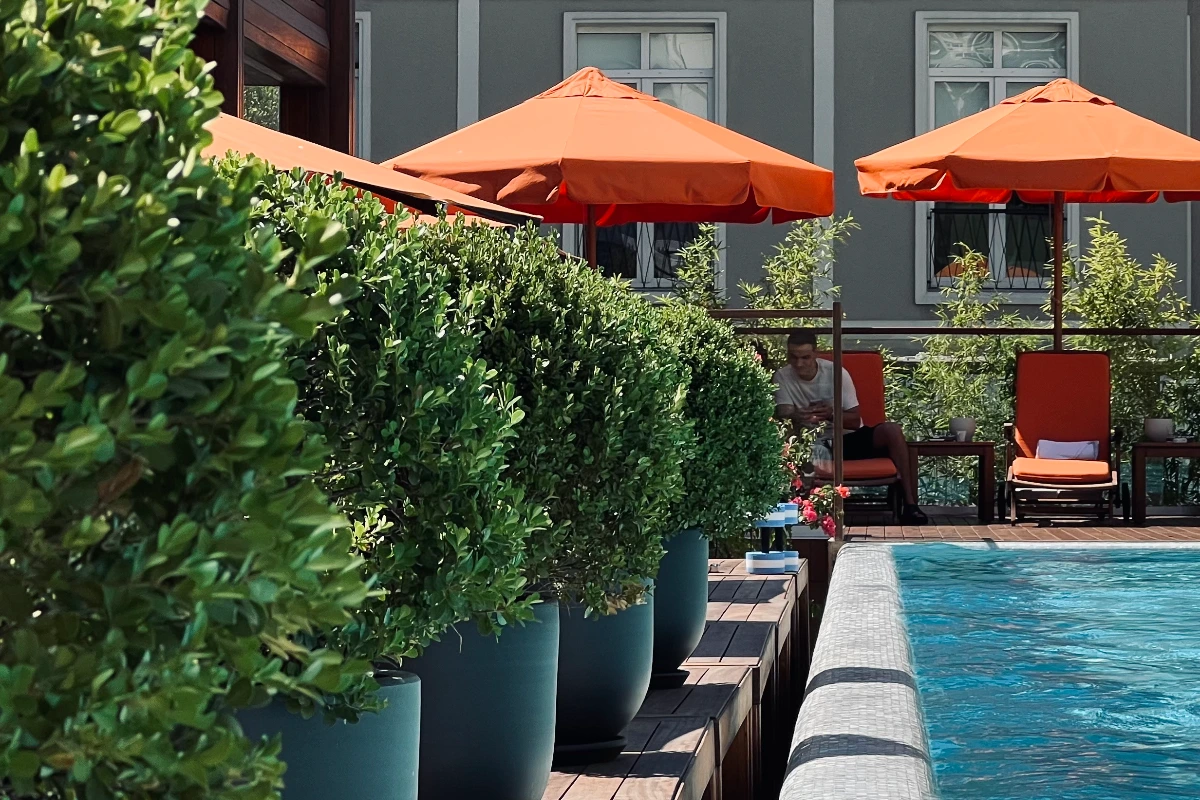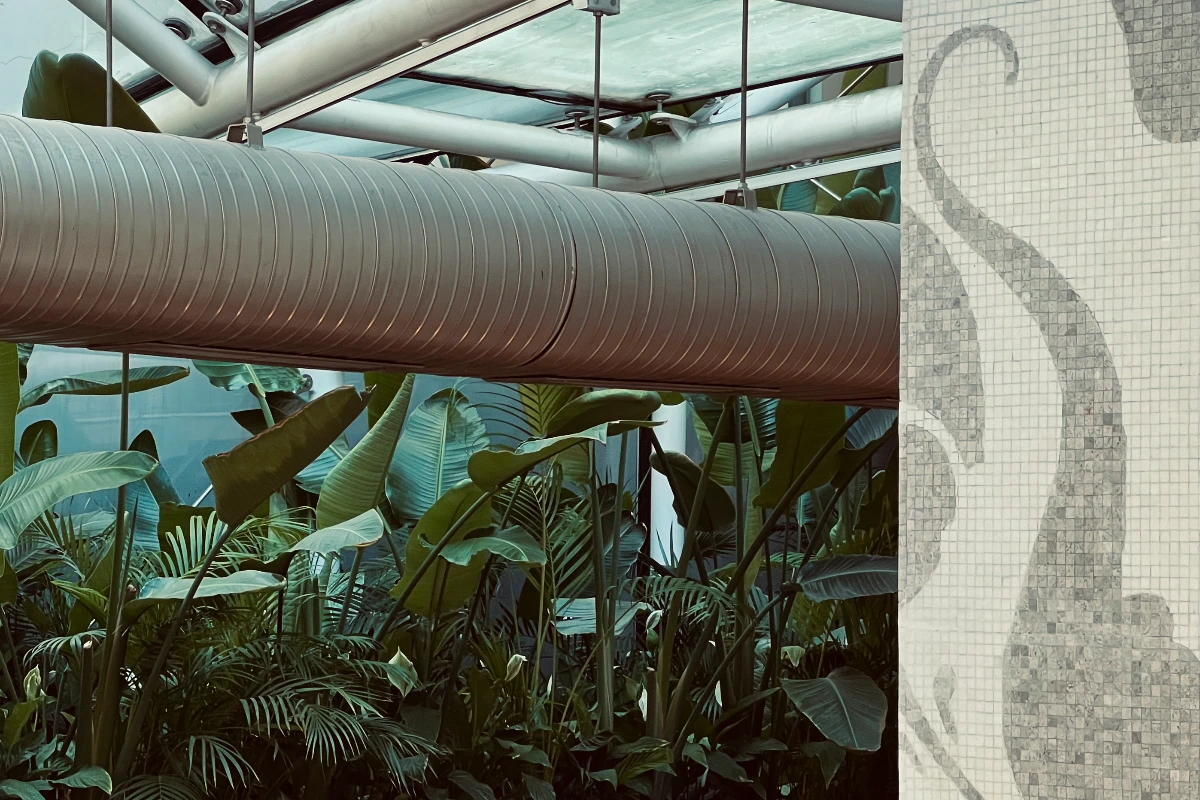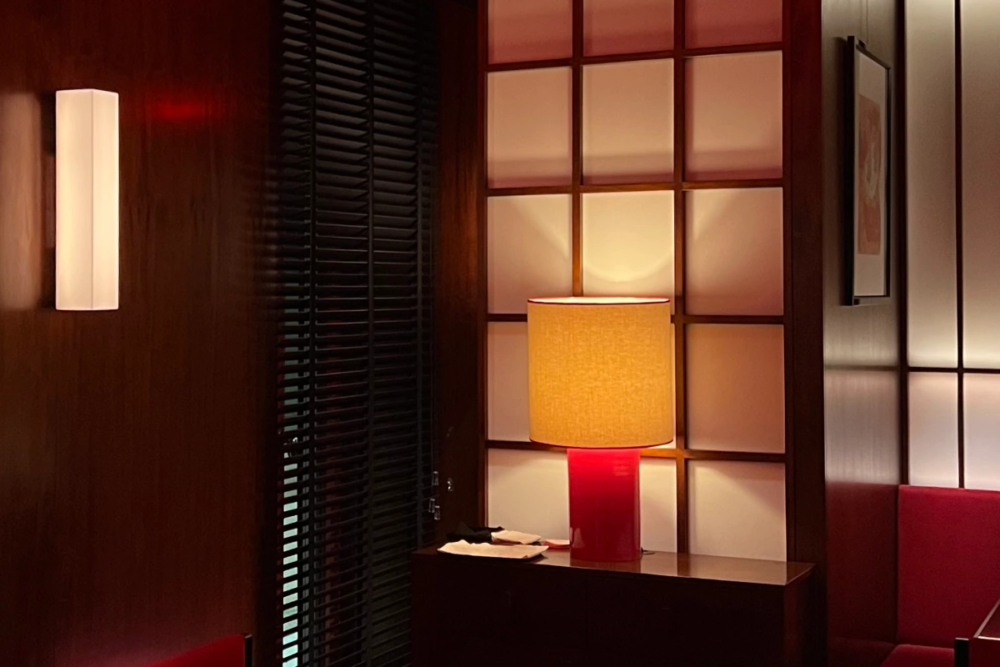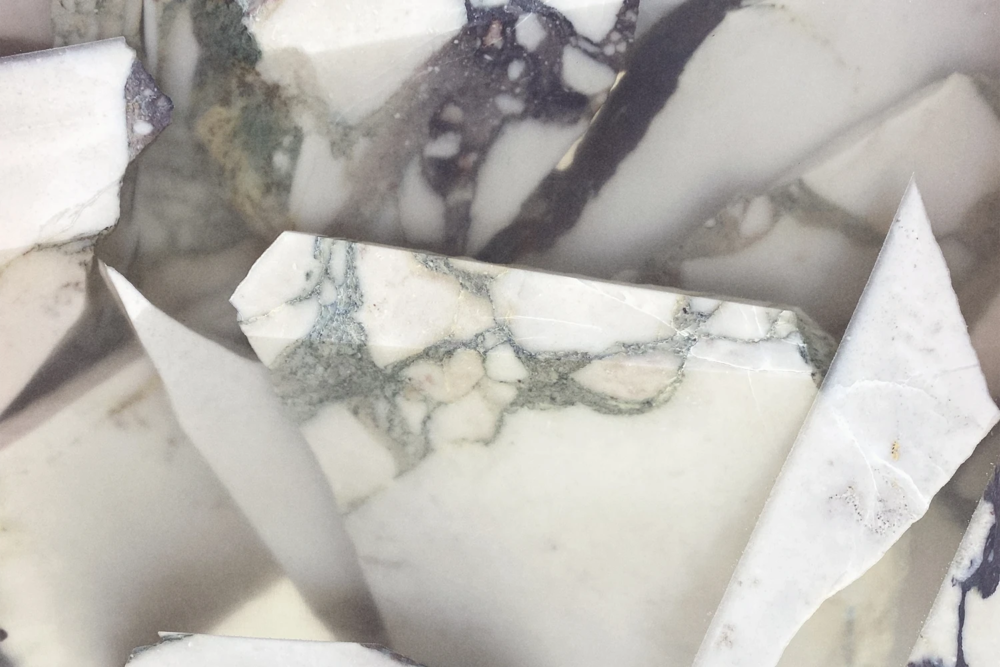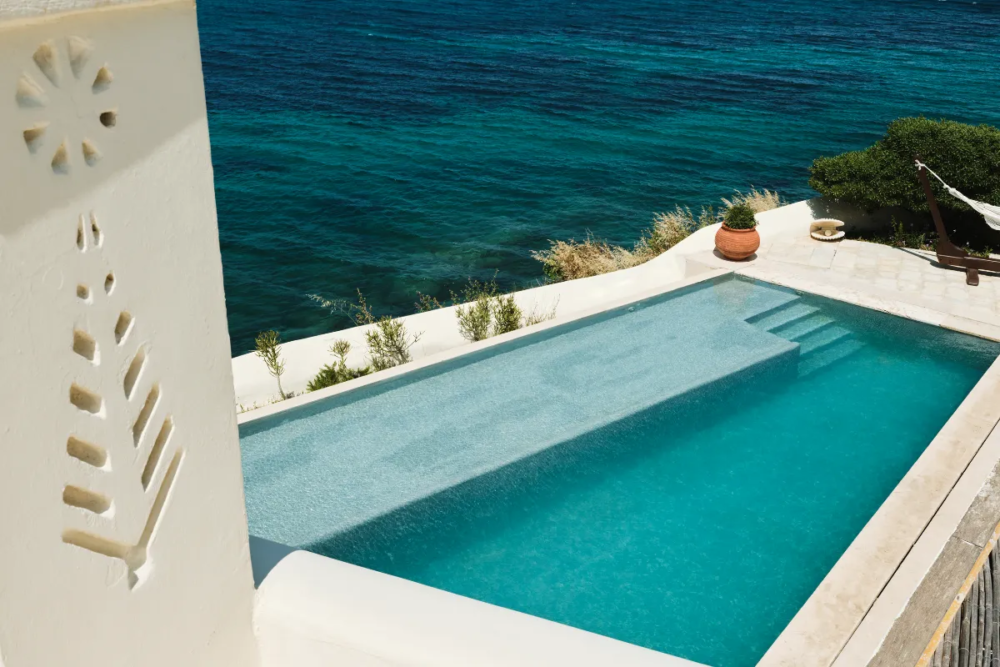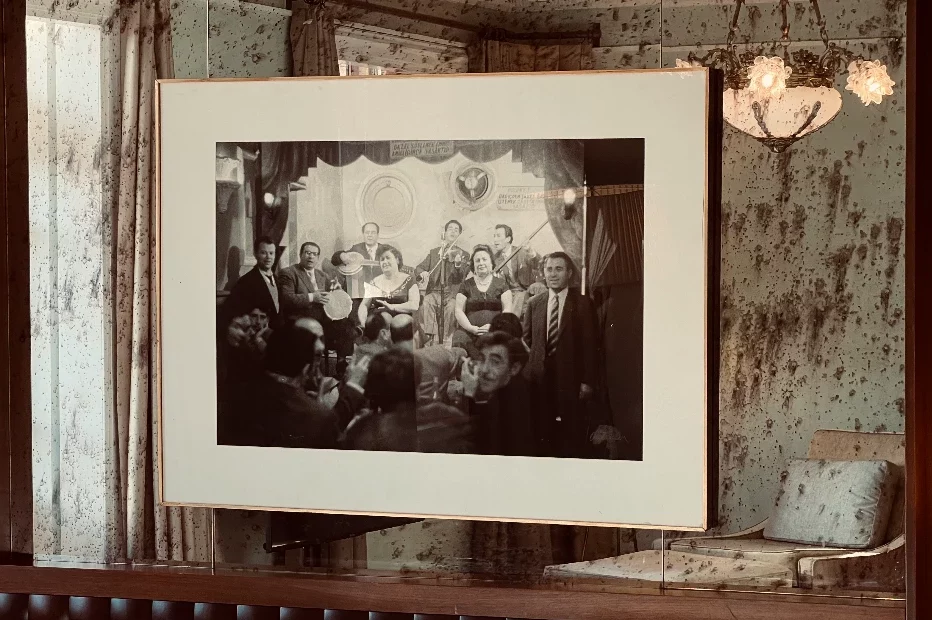
Maçka Palas: a Living Tribute to Italian-Turkish Heritage
Embodying the legacy of two civilizations meeting across the Mediterranean, Park Hyatt Maçka Palas stands as a monument to Istanbul’s layered past: Giulio Mongeri’s Art Deco architecture, Ara Guler’s photographs, and a hammam-inspired spa
Franco Battiato’s Venezia-Istanbul: A Song that Mirrors an Ancient Cultural Bond
Venice instinctively reminds me of Istanbul—same palaces against the sea, red sunsets that fade into nothingness. Franco Battiato’s 1980 song Venezia-Istanbul draws on a poetic symmetry, evoking the shared spirit of these two centers of trade, culture, and diplomacy. Both cities served as gateways—Venice linking Europe to the East, and Istanbul bridging continents, symbolizing centuries of Italian and Turkish dialogue.
For Venetian and Genoese merchants who settled in Istanbul, particularly in the Galata district, the city offered a second home where Western and Eastern influences intertwined. The Genoese built the iconic Galata Tower as a reminder of their roots, and their influence can still be traced in Istanbul’s historic neighborhoods. The Italian community maintained ties with their homeland while blending into Istanbul’s cultural tapestry, contributing to an architectural language that bridged Renaissance Italian and Ottoman styles.
This enduring kinship is physically manifested in landmarks like Maçka Palas. Completed in the 1920s, the building is a testament to this cultural convergence, blending Italian Art Deco and Ottoman design elements.
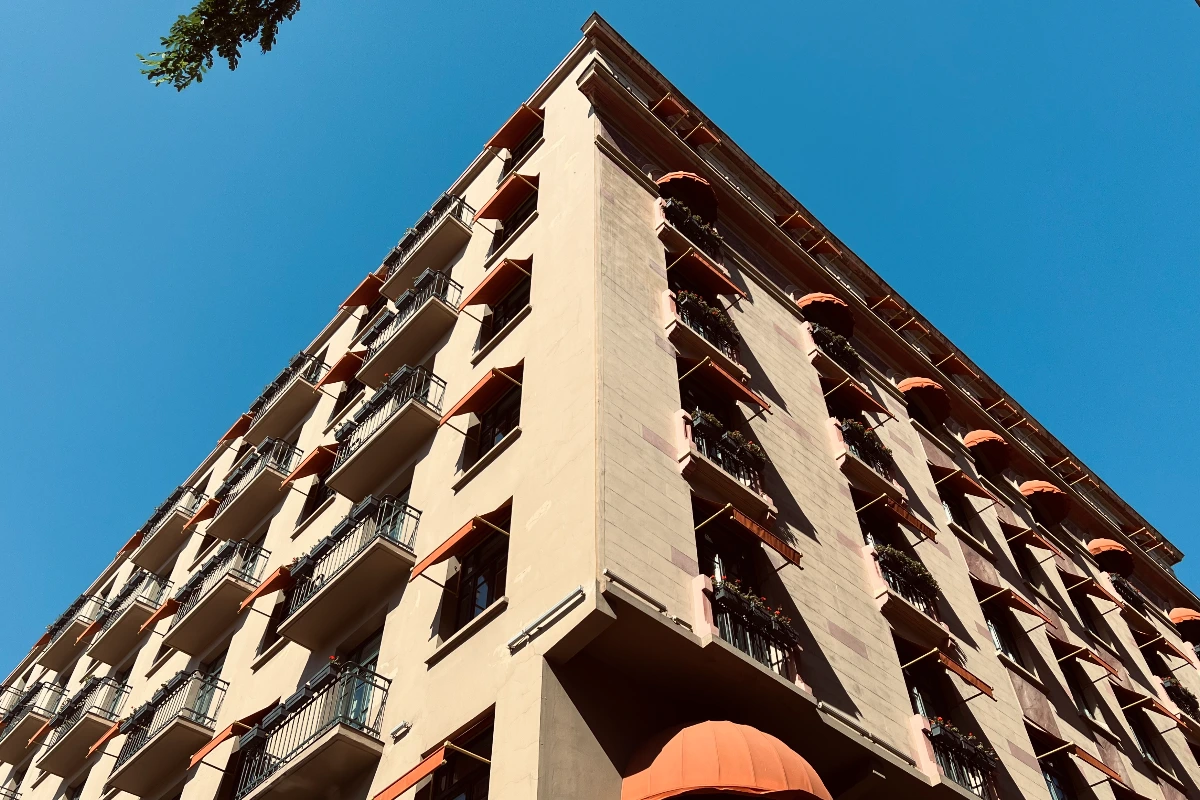
Giulio Mongeri: An Architect of Two Worlds – Early Life and the Italian Influence in Istanbul
Giulio Mongeri, the architect behind Maçka Palas, embodies the Italian legacy in Turkey. Born in Istanbul in 1873 to an Italian family, Mongeri was immersed in both Italian and Ottoman cultures from a young age. His family had migrated to Istanbul during the Ottoman Empire. Influenced by the Italian Renaissance and the palatial designs he studied at Milan’s Brera Academy, he returned to Istanbul, where he emerged as a leading figure in the First National Architecture Movement.
The Vision of Vincenzo Caivano: Constructing a Palace in Nişantaşı
In 1922, Vincenzo Caivano, a prominent Italian merchant, commissioned Mongeri to design Maçka Palas. Located strategically in Istanbul’s burgeoning Nişantaşı district, the palace was originally intended to serve as a residence for staff of the Italian Embassy, located just across the street. When the embassy relocated to Ankara, this plan shifted, and the eight-story building became a haven for Istanbul’s elite, with 68 spacious apartments offering city views and terraces—a rare luxury in the early 20th century.
Maçka Palas as a Cultural and Social Landmark
Maçka Palas attracted residents from various influential circles. Notable figures included poet Abdülhak Hamid Tarhan, who hosted literary gatherings in his residence here, and novelist Kerime Nadir, whose works chronicled the lives of Istanbul’s upper classes. Additionally, Celâl Bayar, Turkey’s third president, frequented the building to visit his son Turgut, establishing Maçka Palas as a political rendezvous point. The presence of celebrated sports figures and intellectuals only added to the building’s renown.
Architectural and Cultural Significance: The First National Architecture Movement
Mongeri’s work on Maçka Palas represents a hallmark of the First National Architecture Movement, which blended Ottoman motifs with European architectural styles. This cultural synthesis is evident in the building’s facade, which showcases Renaissance-inspired columns and Art Deco details, reflecting Milanese palazzo influences. Mongeri’s eclectic style is marked by elaborate interiors and the creative use of marble, highlighting Italian craftsmanship integrated with local materials.
A Shift in Purpose: Decline and Renewal
After Vincenzo Caivano’s death in 1967, his son Achille inherited Maçka Palas, but his lack of interest led to gradual neglect. Over time, the grand residential complex saw the introduction of retail spaces on its lower floors. Despite this shift, the building’s historic charm remained, and in 1994, Doğuş Holding acquired Maçka Palas with a vision for restoration.
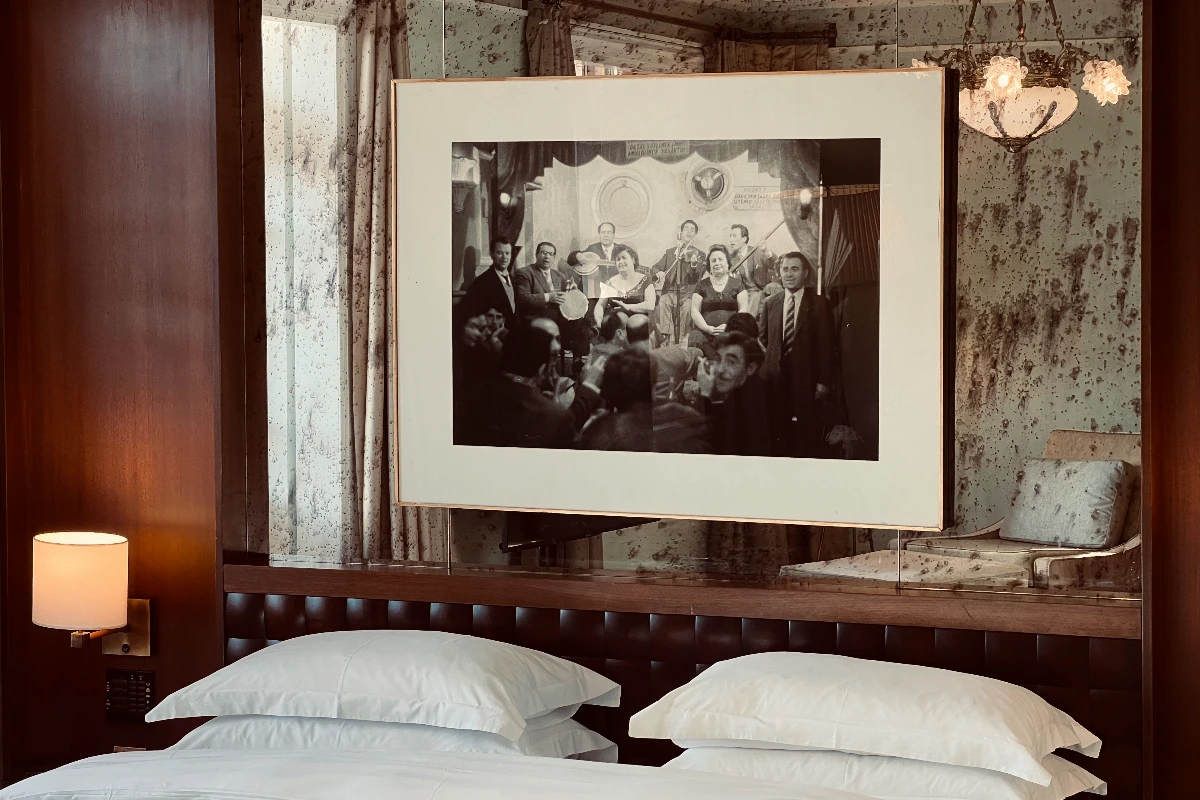
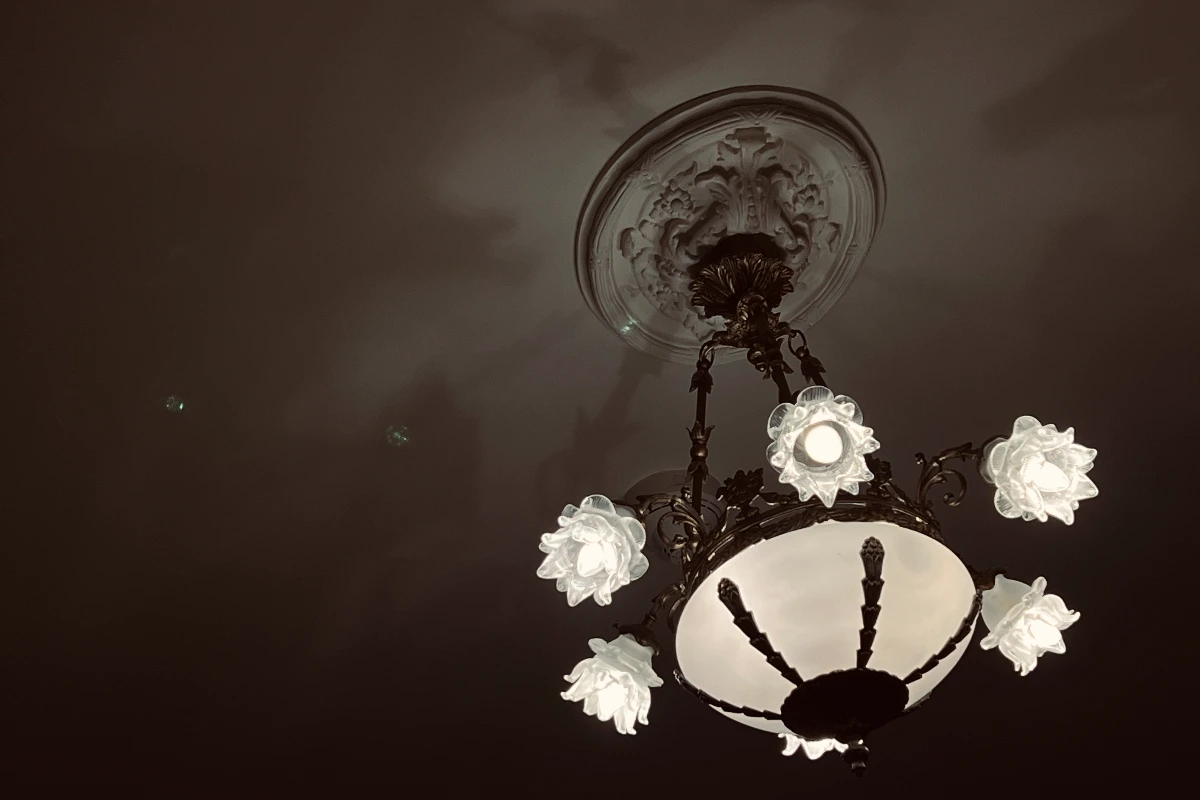
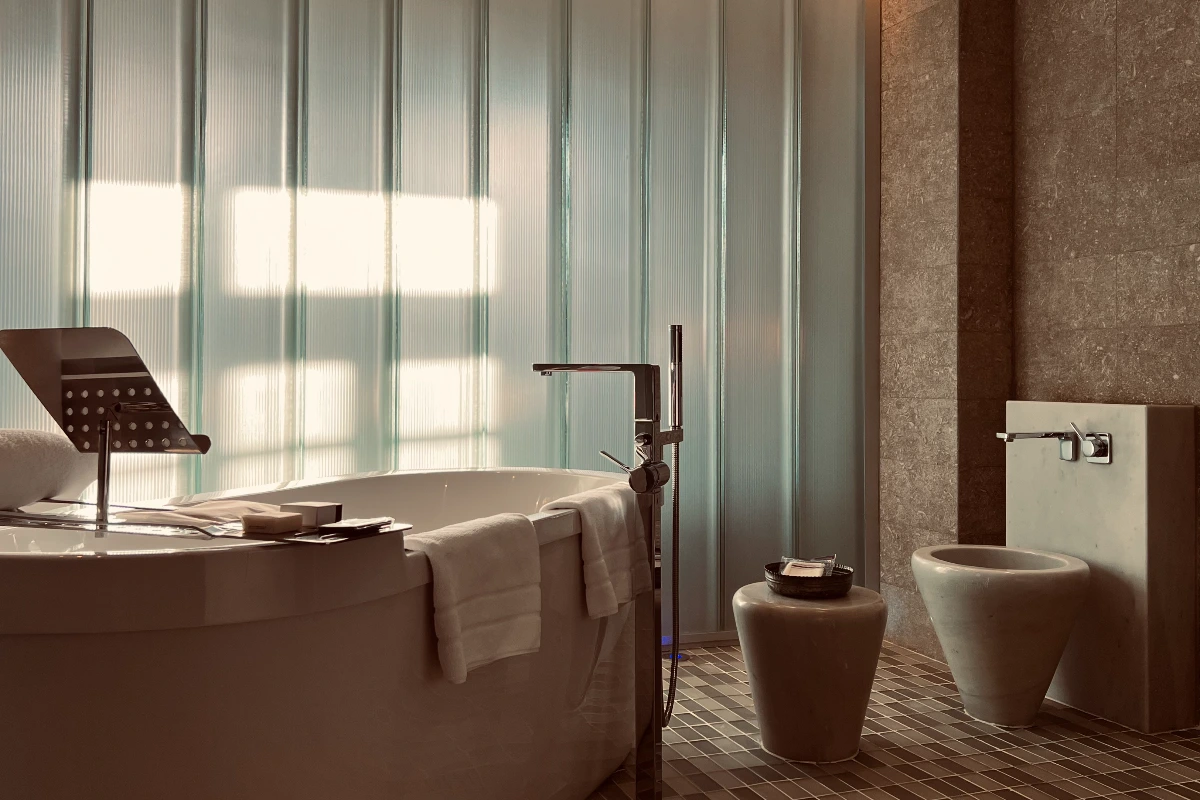
Revitalizing a Legacy: Transformation into Park Hyatt Istanbul
The transformation of Maçka Palas into Park Hyatt Istanbul was a meticulous process spanning 11 years, led by Doğuş Holding. In 2008, the building reopened as a luxury boutique hotel, preserving its original Art Deco elegance while integrating modern amenities.
GKV Architects oversaw the project, ensuring that every aspect of the hotel’s design maintained its historic integrity. Today, the hotel includes 90 rooms and suites, each designed with references to Turkish baths and equipped with unique spa-inspired features – in the in-suite spa, traditional hammam-style baths and color-therapy lighting provide an immersive experience that connects guests with Istanbul’s cultural heritage.
The hotel’s common areas and guest rooms feature images by Turkish-Armenian photographer Ara Guler, capturing Istanbul’s soul through his lens. Additionally, the rooms maintain original Ottoman-Liberty style chandeliers, a nod to the building’s past that enhances its historic ambiance.
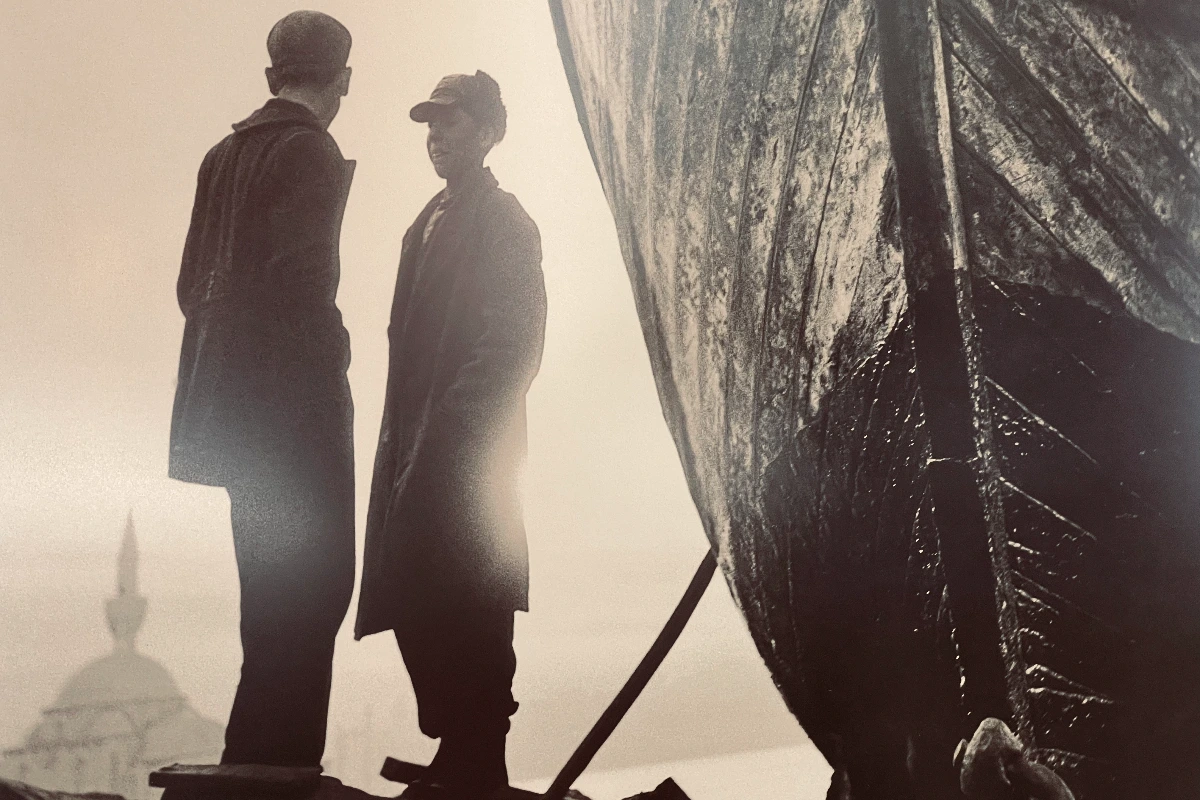
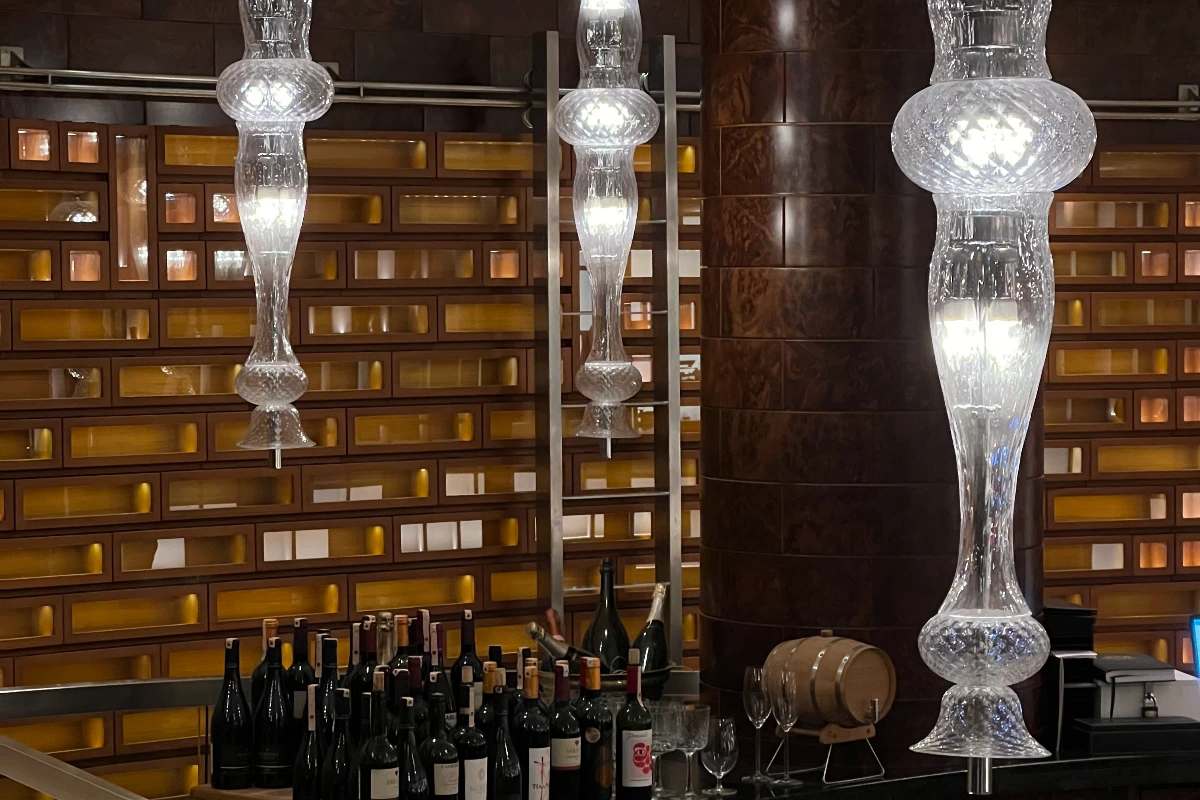

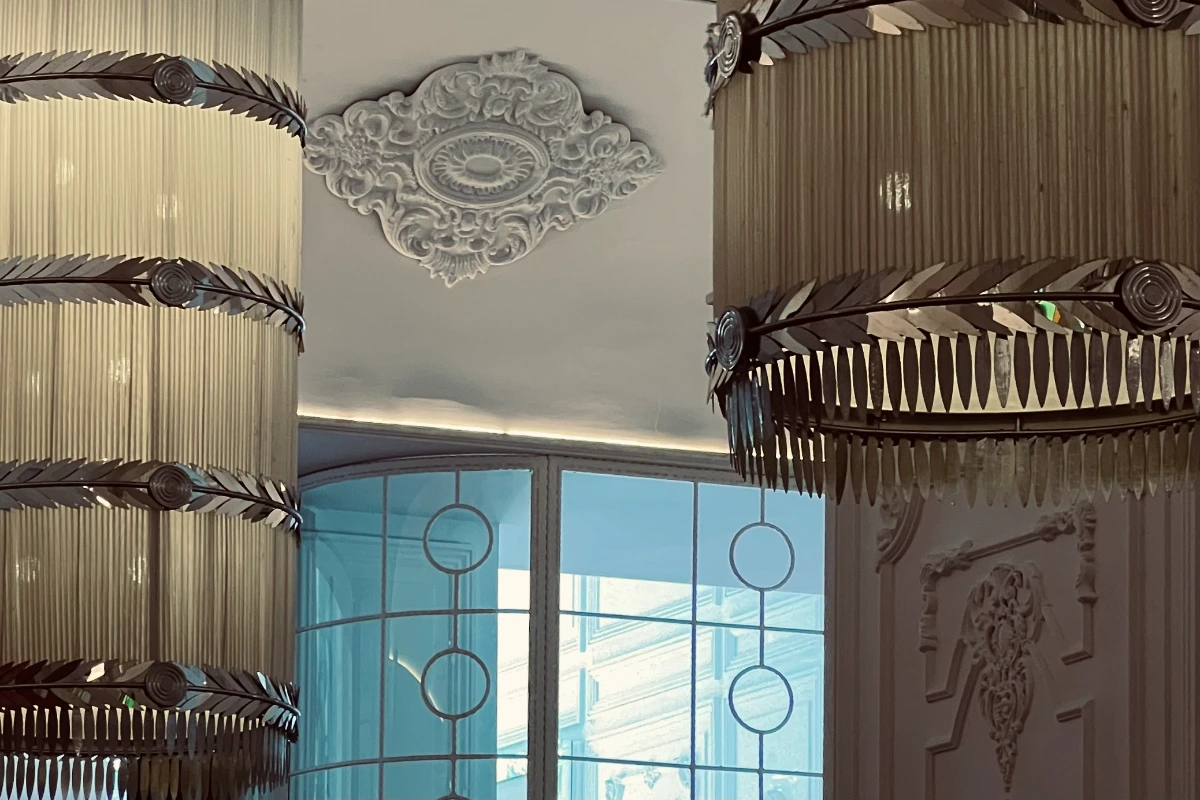
Nisantasi: The District Surrounding Maçka Palas
Located in the heart of Nisantasi, Maçka Palas is ideally situated within one of Istanbul’s most sophisticated neighborhoods. Developed in the late 19th century, Nisantasi has grown into a hub of luxury, known for its European-style boulevards, high-end shopping, and historic buildings. The district’s blend of European and Ottoman influences creates a cosmopolitan atmosphere that attracts both locals and visitors. The area’s close proximity to Istanbul’s landmarks, such as Taksim Square and the Bosphorus, adds to its appeal as a cultural and social center.
Nisantasi is Istanbul’s answer to Europe’s fashion capitals, with designer boutiques like Gucci and Emporio Armani occupying the ground floor of Maçka Palas. Beyond shopping, the district is home to an array of art galleries, theaters, and cafes that reflect Istanbul’s dynamic arts scene. Nearby, Maçka Democracy Park provides a lush, green space with stunning city views, offering visitors a peaceful retreat in the heart of the city. The park and surrounding cultural sites make Nisantasi an ideal setting for the Park Hyatt, as it encapsulates Istanbul’s blend of history, luxury, and modernity.
Matteo Mammoli
